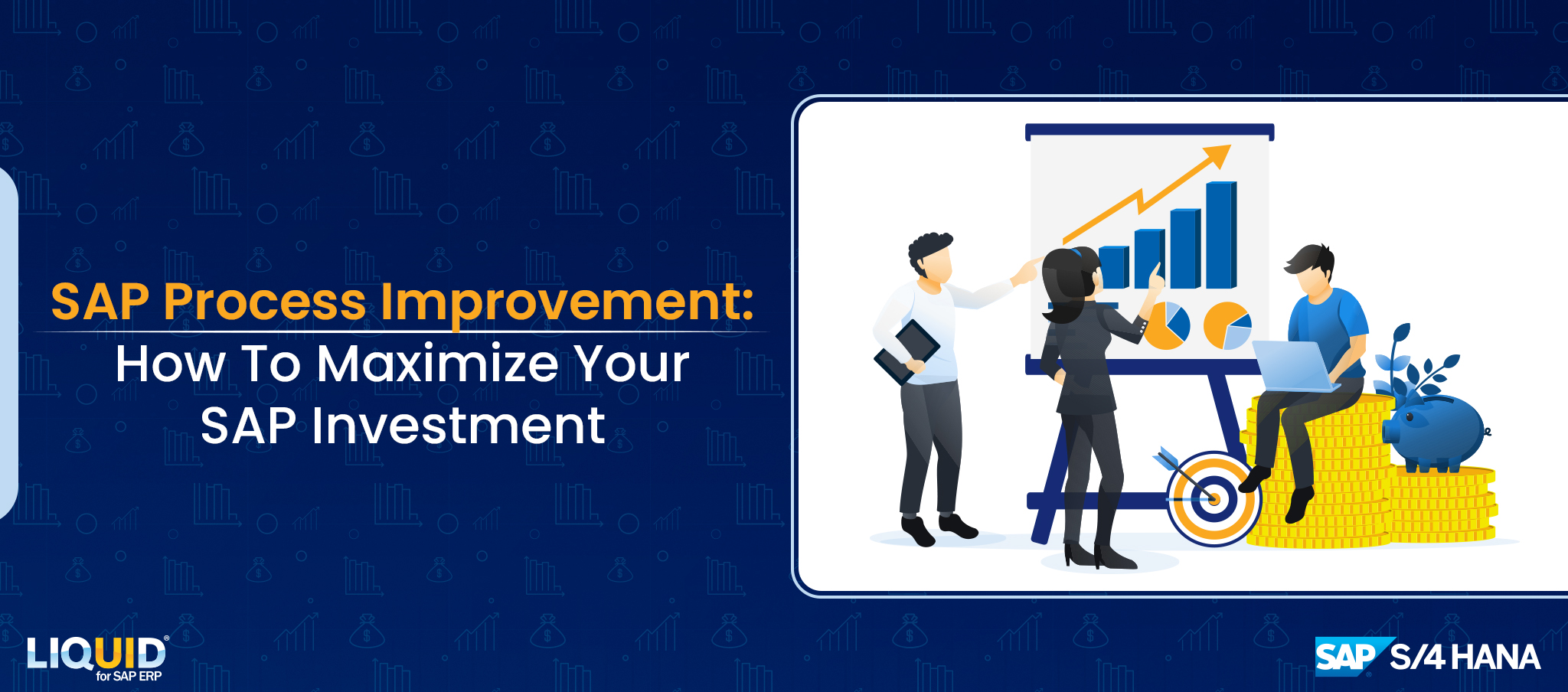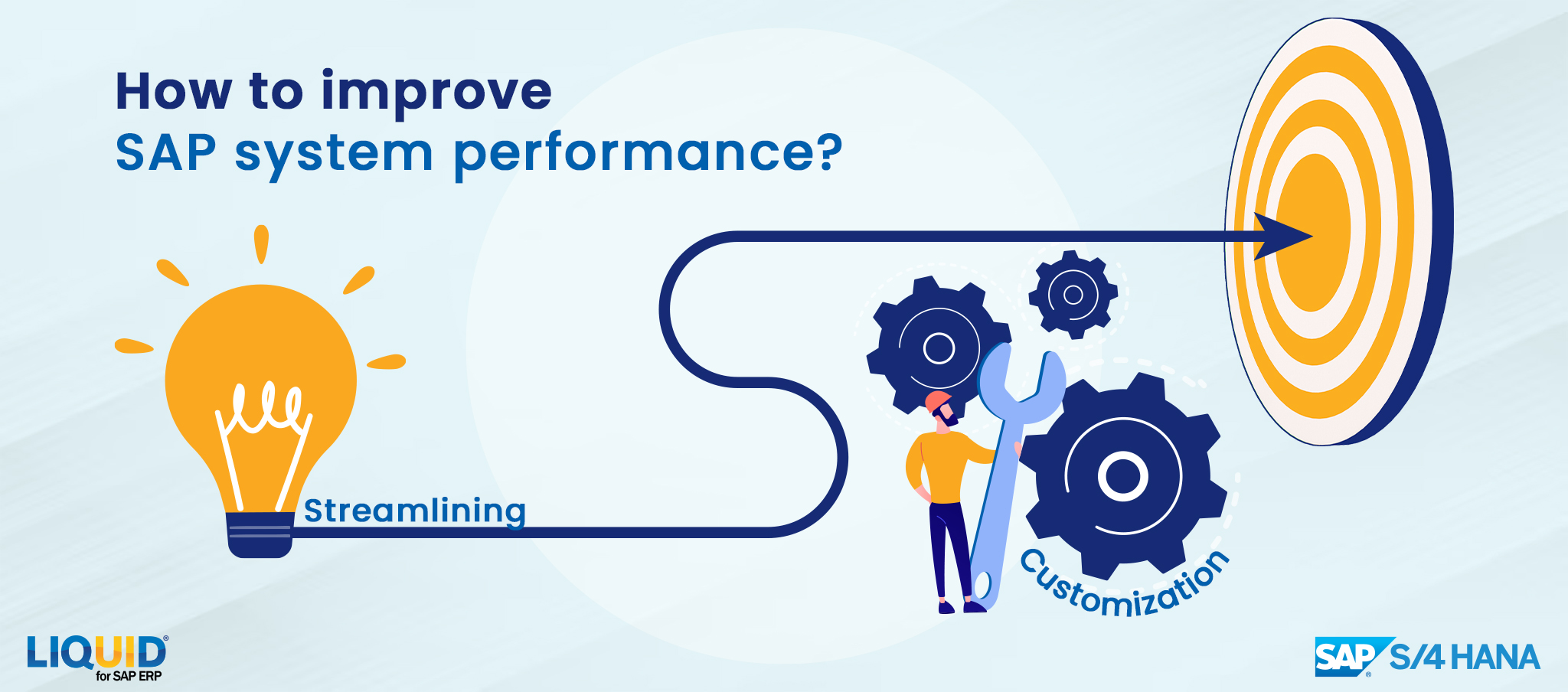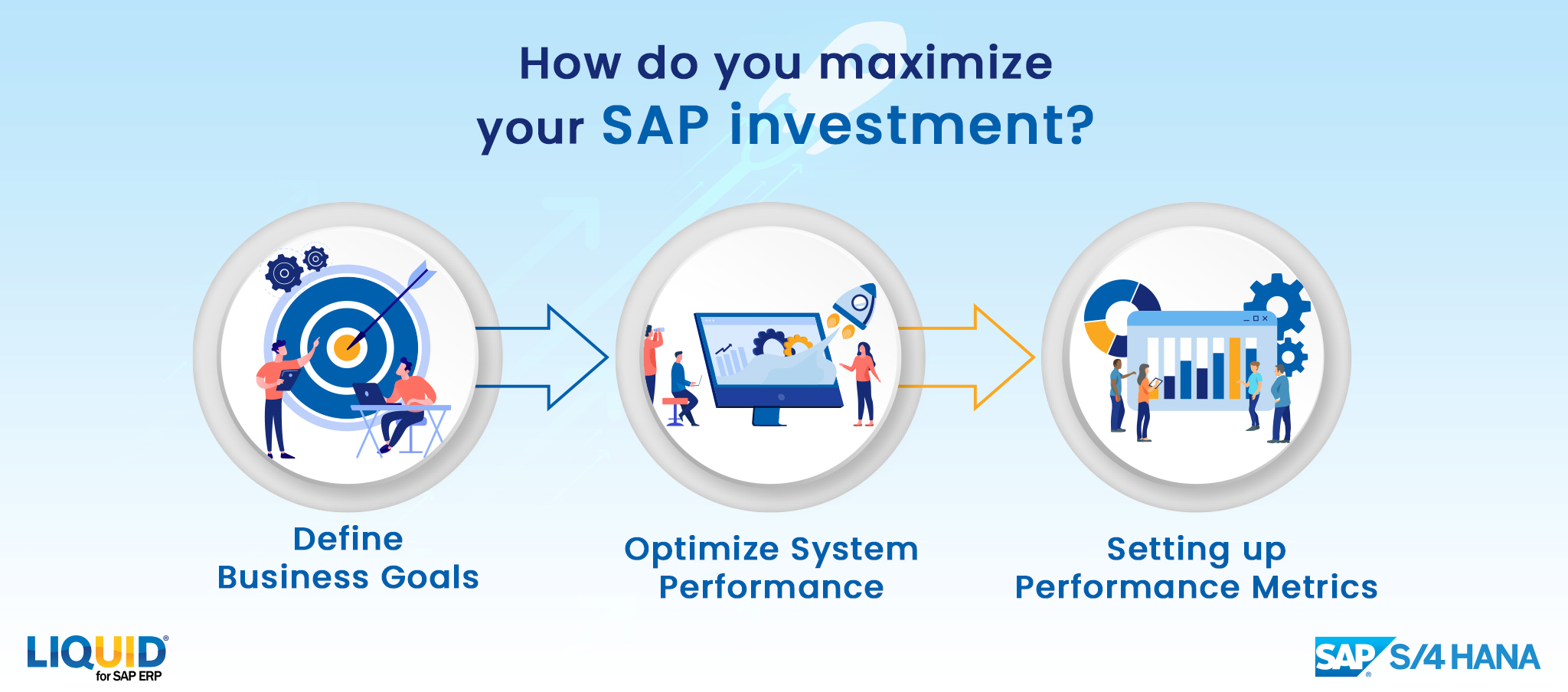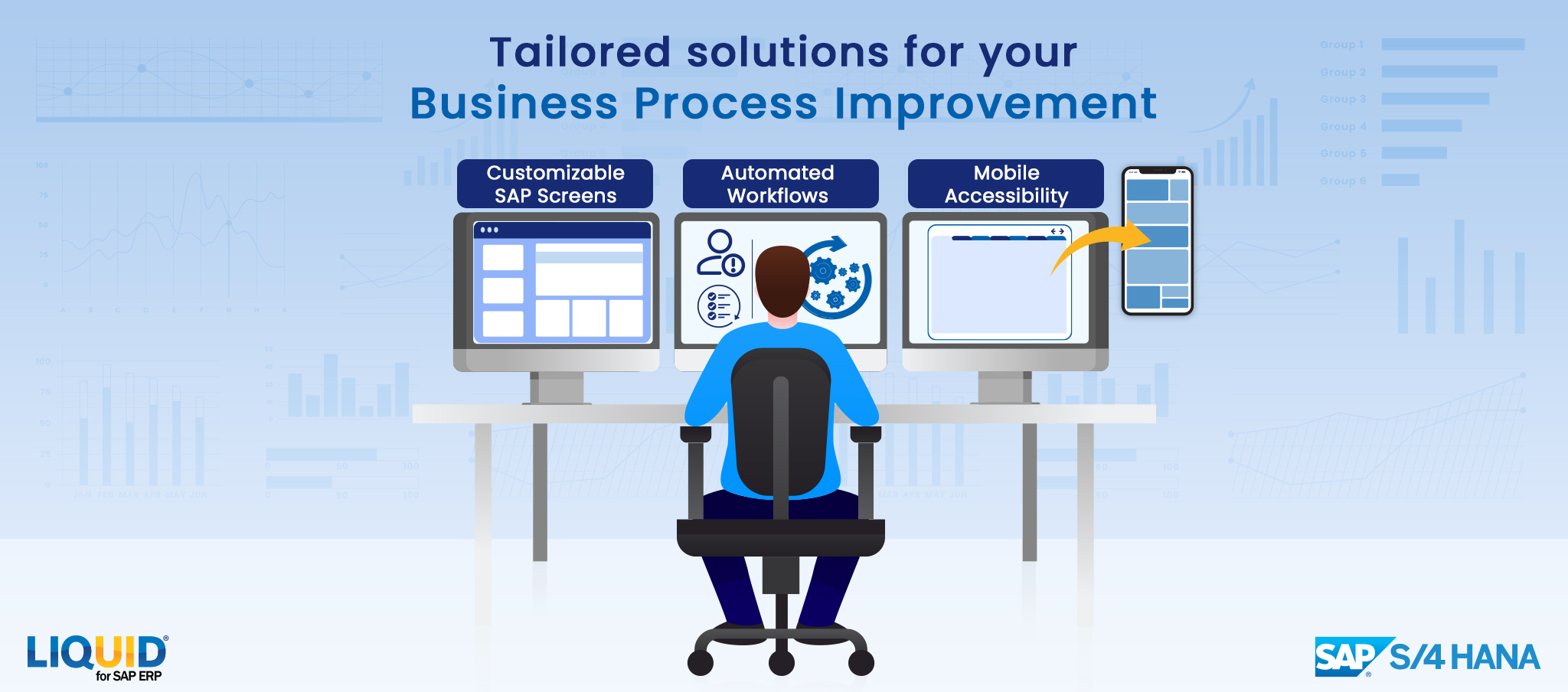
As the world's leading enterprise company, SAP is constantly looking for ways to improve its products and services for its customers and their business needs.
Enhancing and optimizing business processes is referred to as SAP process improvement. In order to achieve better overall business performance, it entails analyzing current business processes, identifying areas for improvement, and putting changes into action.
Potential consequences could arise if SAP procedures are not updated or enhanced. In a rapidly changing business environment, organizations need agile processes that can adapt to new market trends and customer demands.
Outdated SAP processes can lead to a loss of time, money, and effort. A less productive workforce and higher operating costs can result from this inefficiency. Enterprises may be at a competitive disadvantage if they do not invest in SAP process improvement.
But first, businesses must thoroughly evaluate their current SAP processes to pinpoint areas in need of improvement. Investments should be prioritized based on their potential impact on these areas, where there’s a huge amount of room for improvement. By focusing on these critical areas, your investment will address the biggest barriers to productivity.
The investment should involve both short-term and long-term benefits, including increased productivity, streamlined operations, reduced error rates, improved customer satisfaction, and enhanced profitability. Making decisions will be aided by figuring out how to strike a balance between the investment and the possible returns.
Failing to improve processes and update the SAP environment regularly may result in missing out on new features and facing compatibility issues.
Benefits of SAP Process Improvement:
SAP process improvement can offer a range of benefits for organizations and can have a positive impact on various aspects, from operational efficiency to strategic decision-making and customer satisfaction.
Process improvements in SAP can make an organization more adaptable to changes in the business environment. SAP process improvement often involves streamlining repetitive and manual tasks through automation. Automation can lead to increased speed, accuracy, and reliability in various business processes.
What is meant by improved SAP?
Improved SAP refers to optimizing the processes, functionalities, and overall performance of an SAP system within an organization. Improving SAP is a continuous process that calls for both strategic planning and technological expertise. The goal is to keep the SAP system aligned with the business objectives.
How to improve SAP system performance?

- Streamlining: Identifying inefficiencies in existing SAP business processes. This may involve automating manual tasks, reducing redundant steps, and streamlining workflows.
- Customization: Tailoring SAP better to fit the specific needs and workflows of the organization. This involves custom development, configuration changes, or the adoption of additional SAP modules to address unique business requirements.
SAP Improvement Ideas:
- Process Optimization: Identify and streamline key business processes within SAP, eliminating unnecessary steps and improving overall workflow efficiency. Automate manual and repetitive tasks to reduce the likelihood of errors and free up resources for more strategic activities.
- Customization and Module Integration: Customize SAP functionalities to better align with specific business requirements and industry needs. Integrate additional SAP modules or third-party solutions to extend the capabilities of the existing SAP system.
- Regular System Checks: Conducting regular system checks and performance assessments to identify and address any potential bottlenecks or issues. Monitor system logs and performance metrics to proactively address issues before they impact operations.
How do you maximize your SAP investment?

Maximizing SAP investment involves optimizing the use of SAP software to achieve value for your business. This investment involves various strategies, and some of them are mentioned below.
- Define Business Goals: Clearly define your organization's business goals and ensure that your SAP implementation is aligned with these objectives.
- Optimize System Performance: Regularly monitor and optimize SAP system performance to ensure efficiency. Implement best practices for system tuning and data archiving to maintain optimal performance.
- Setting up Performance Metrics: Establishing key performance indicators (KPIs) to measure the effectiveness of your SAP implementation and track system performance.
Adopting these strategies can help businesses multiply their SAP investment and remain aligned with business objectives.
Introduction to Liquid UI Value Map for SAP Business Process Improvement
Liquid UI is a one-stop solution for all SAP Business Process Improvement needs. Liquid UI is a powerful tool that helps you maximize the value of your current SAP process by streamlining and streamlining complex workflows. It can automate, simplify, and optimize your SAP infrastructure.
Tailored solutions for your Business Process Improvement

- Customizable SAP Screens:
Liquid UI allows you to create personalized dashboards and layouts tailored to the specific needs of different roles and users. This minimizes the need for training and simplifies complex tasks. - Automated Workflows:
Built-in workflow features guide users through specific steps, ensuring consistency and compliance with established procedures. Thus, Liquid UI automates repetitive tasks and manual approvals, reducing human error and speeding up your processes. - Mobile Accessibility:
Liquid UI supports mobile access to SAP applications, allowing users to perform tasks on smartphones and tablets. This empowers employees to work smarter and faster, regardless of their location.
Real-World Use Cases for Process Improvement
Manufacturing
- Streamlining Production Lines: Liquid UI can provide a real-time overview of production processes, identify bottlenecks, and trigger alerts for preventative maintenance, significantly reducing downtime and increasing output.
- Inventory Management: Implementing Liquid UI allows for automated inventory tracking, reordering, and demand forecasting, minimizing stockouts and optimizing storage space.
Conclusion:
Liquid UI stands out as the best solution for SAP process improvement, with a comprehensive set of features that address usability, efficiency, and adaptability. It encourages user adoption by promoting user-friendly interfaces and empowering employees with efficient workflows and customization options. These collectively position Liquid UI as a transformative force in maximizing the potential of SAP environments.






